Honey bees compete with wild bees for resources in croplands, but nutritious wildflower plantings can mitigate these effects.
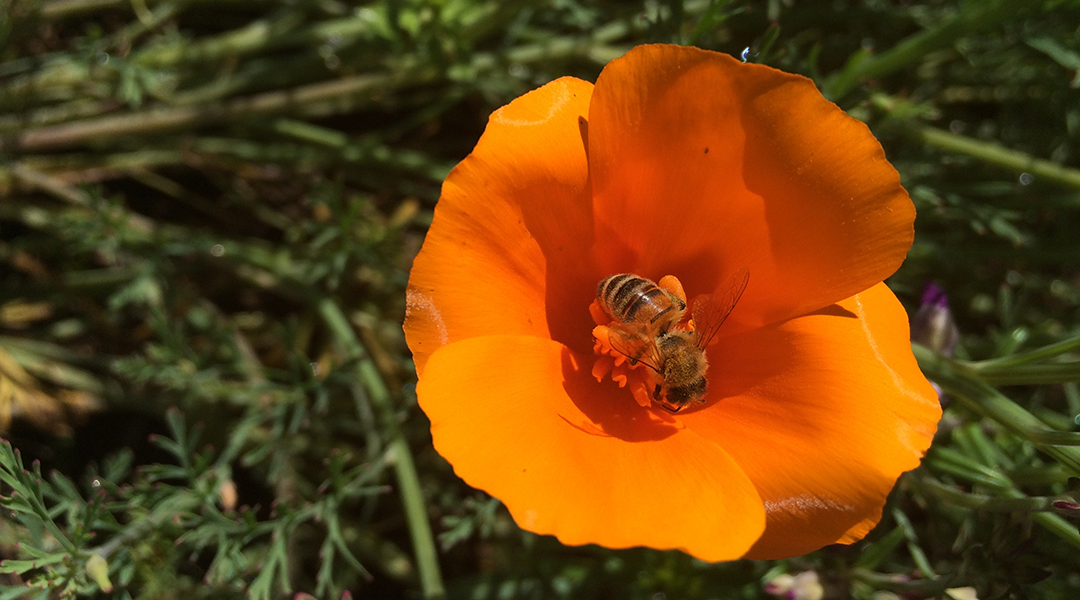

Honey bees compete with wild bees for resources in croplands, but nutritious wildflower plantings can mitigate these effects.
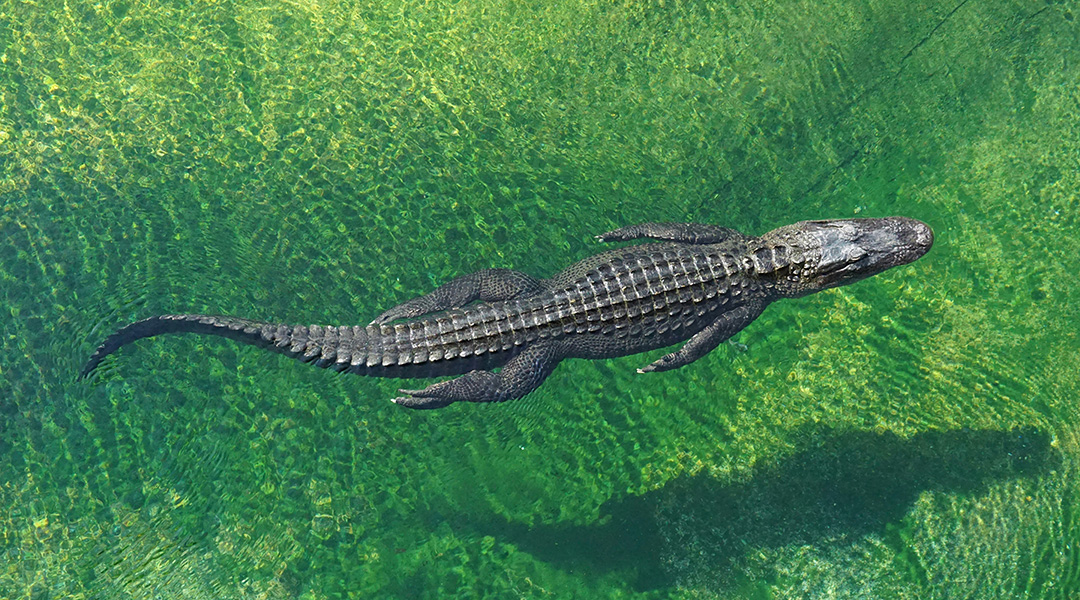
The decline of freshwater megafauna, including river dolphins, hippos, and crocodiles, is triggering significant consequences for ecosystems.
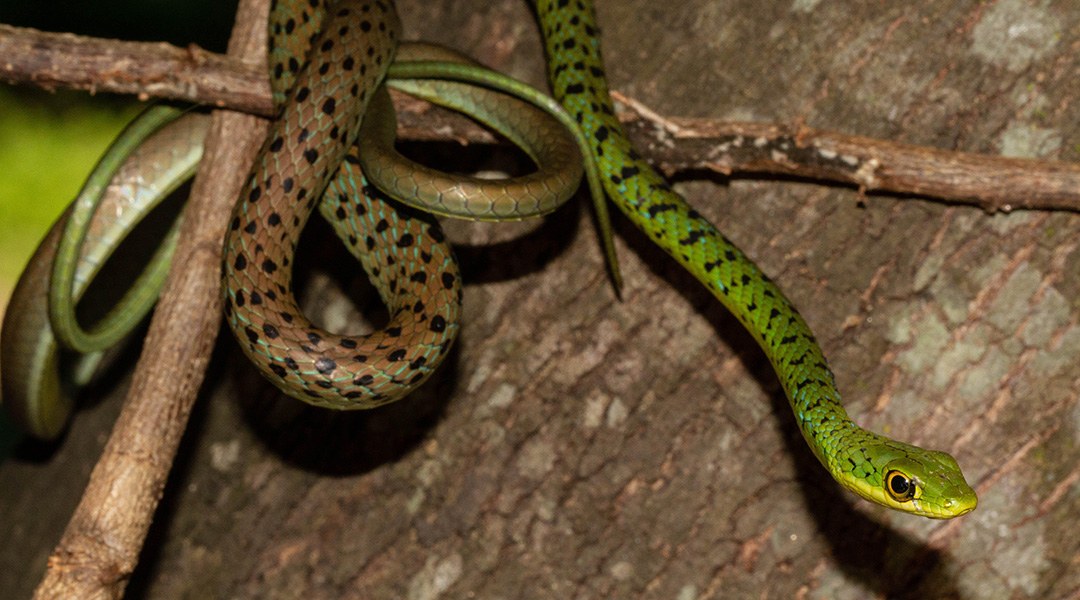
With Africa’s population set to double by 2050, many snake species face a higher risk of extinction, prompting concerns among conservationists.

Innovative cryopreservation technique revives adult corals, safeguarding their genetic material to seed future populations.
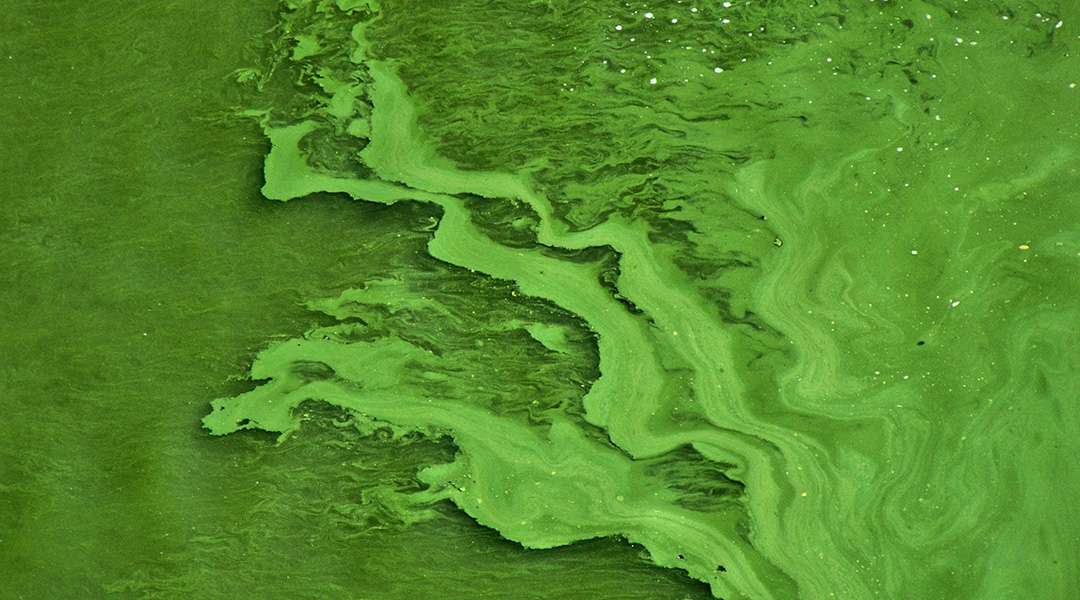
Contrary to previous assumptions, giant viruses play a vital role in sustaining algal blooms that form around the world every year.
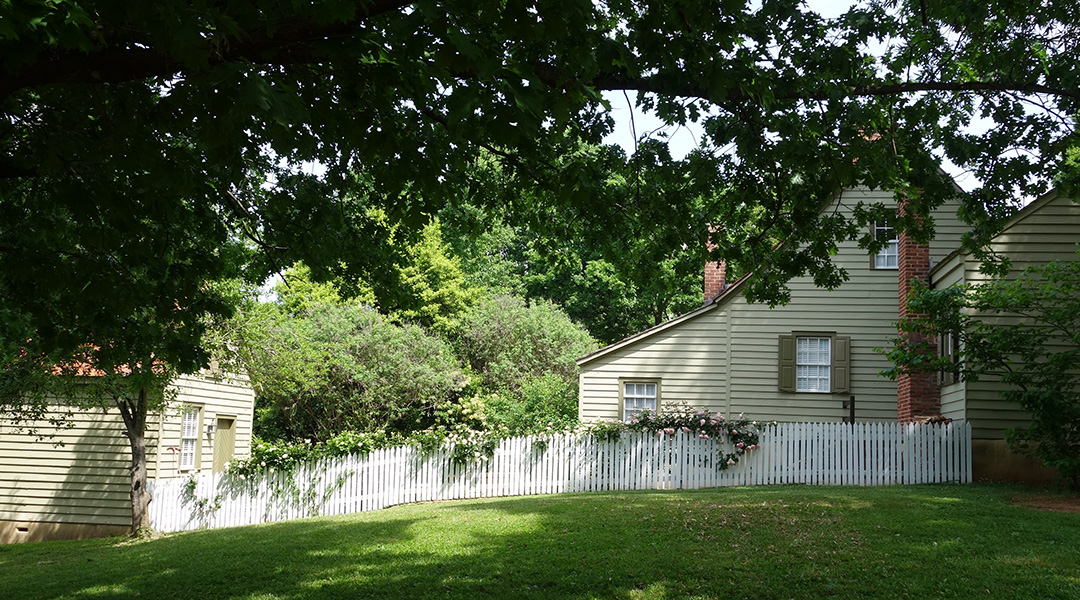
A year-long survey of an ordinary urban lot found over 1000 unique species, revealing our yards are home to a great diversity of life.
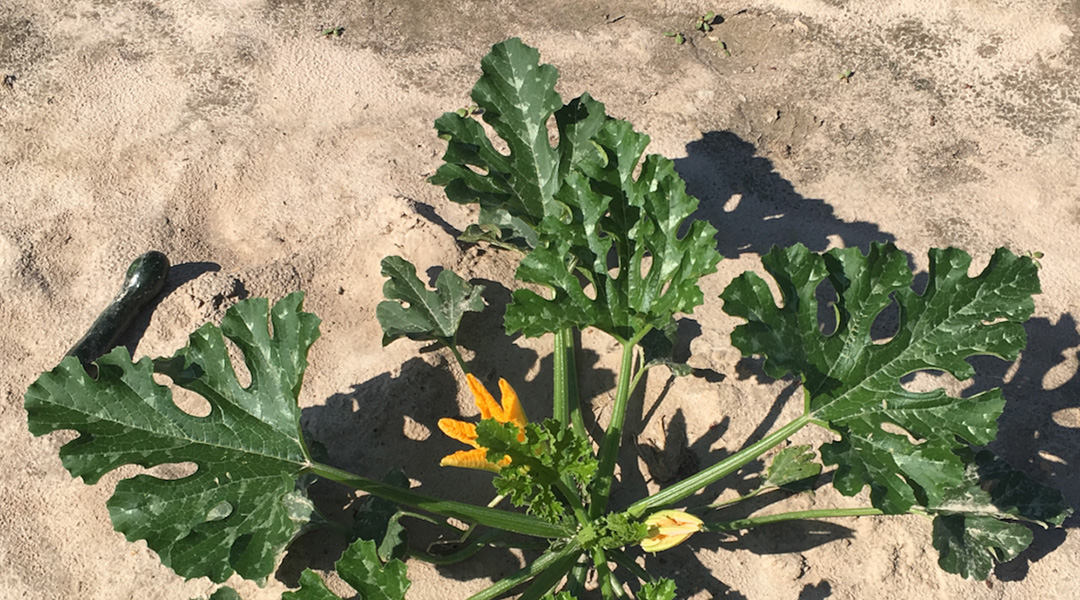
Squash plants send chemical warnings underground, empowering neighbors to resist insect attacks, providing insights into natural pest management.
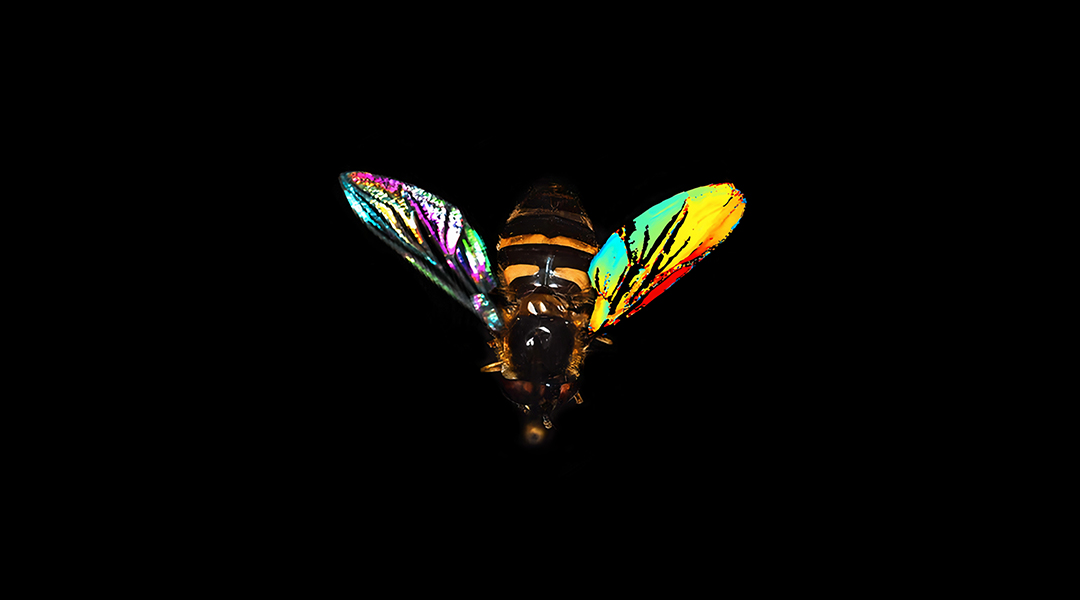
A revolutionary light-based tool decodes hover fly wing spectra in real time, addressing insect surveillance gaps to monitor the unfolding biodiversity crises.
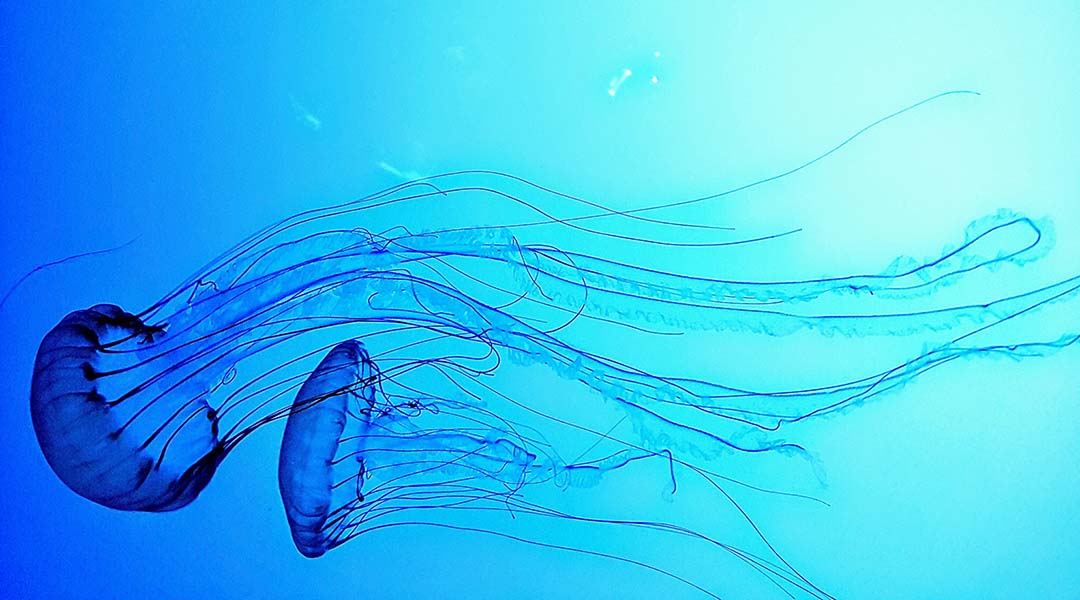
Learning from experience was believed to be restricted to more advanced creatures, but in a first, Caribbean jellyfish were shown to learn from past mistakes.

To understand the impacts of golf courses on wildlife, researchers are exploring how these novel habitats are affecting fundamental animal behaviors.